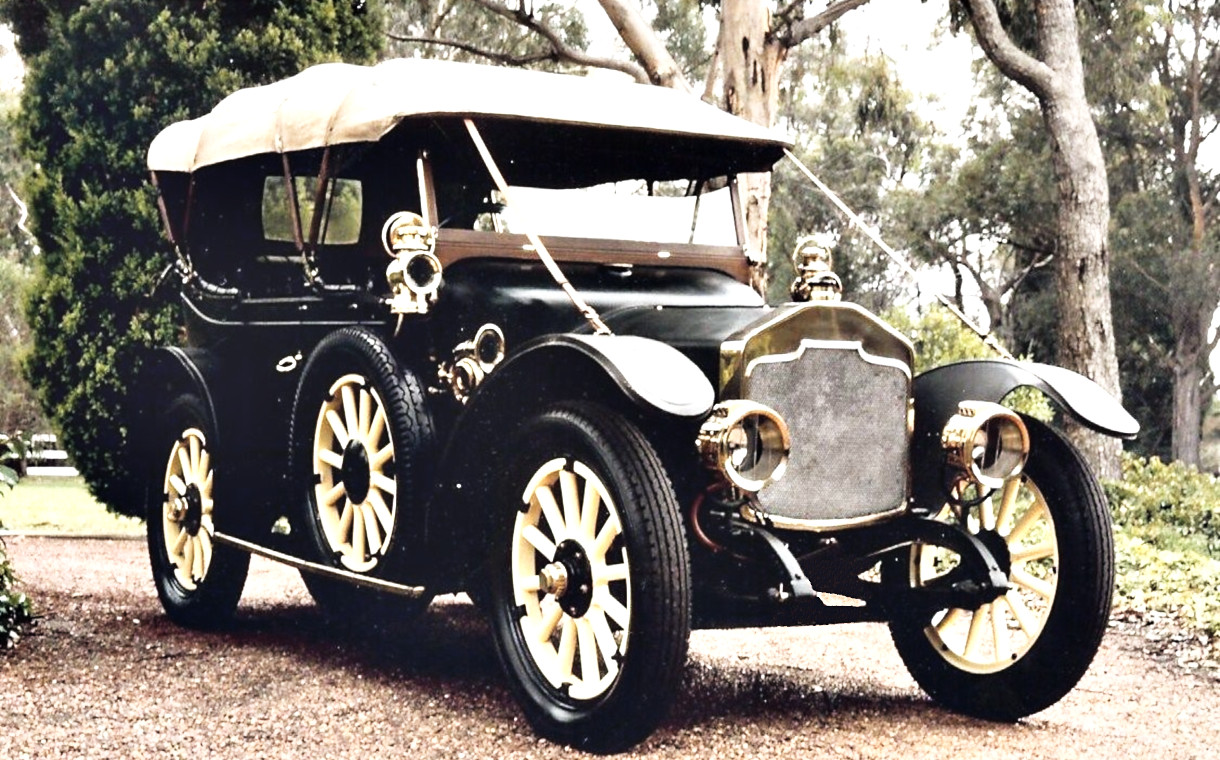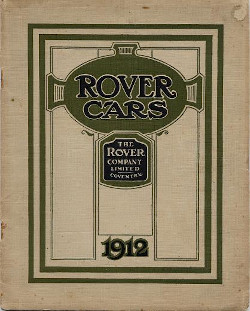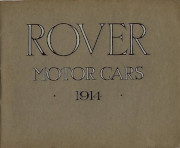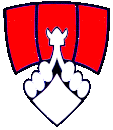
ROVER 12hp 'Clegg'
Replacement for the 12hp 'Knight'
1912 - 1925
The picture shows an open ROVER 12hp "Clegg" Tourer, model year 1913.
Predecessor
The ROVER 12hp 'Knight'
can be seen as a direct predecessor.
Successor
Successor will be the
ROVER 12hp,
which was reissued after the end of the I. World War, slightly modified in the bodywork and later becomes the 14hp.
The Rover 12 hp is, together with the 18 hp, quasi the debut of Owen Clegg, who joined Rover in September 1910. Before that he was works manager at Wolseley and for a short time managed a subsidiary of Vickers. From his predecessor Edmund W. Lewis he took over the 12 hp with Knight engine. He ensures that this model remains on the market for only one year, revises its chassis and develops a new four-cylinder engine.
With the start of production of the new 12 hp and 18 hp, Clegg introduces series production at Rover, increasing annual capacity from 400 to 1,300 cars. This is accompanied by a radical streamlining of the model range - only the 12 hp and the 18 hp remain in the range.
Particularly the 12 hp gets highest attention in a very short time, conquers reputation and the audience with reliability and performance. But Owen Clegg is already on the move again - as early as March 1912 he leaves Rover and goes to Darracq in France, where he is plant manager from October. Their 12 hp and 16 hp do not by chance look very similar to the Rover 12 hp.
Back to Rover 12 hp Its secret lies in its simple but robust and durable construction. From the 15 hp the semi-elliptic springs in front and rear are taken over, from the 12 hp "Knight" the bottom worm drive of the rear axle remains. Also the foot brake acting on the power transmission and the hand brake acting on the rear wheels are known from earlier Rover models. A new, almost square radiator shape is used for the car, which deviates from the previous shield shape. And one remains with the designation "12 hp" because of the addressed target group, although the RAC rating is indicated with 13.96.
The "Colonial" model is only offered in 1913 and offers, in addition to reinforced axles, reinforced front axle springs and steel artillery wheels, greater ground clearance and a wider track. The screw drive is above the rear axle on this model, so the drive unit is not tilted downwards to the rear as on the models for the domestic market.
Rover initially indicates an actual power of 18 bhp, later of 22 bhp and a top speed of 75 kmh In 1914 28 bhp are mentioned, the Rotax 12-volt lighting system is now standard for all cars with Rover bodywork. 1915 the compression is reduced, but larger valve openings are used and the cooling water circulation is now supported by a pump. Shortly after this, production ends and Rover is integrated into the production of war important parts.
The total number of vehicles produced up to the beginning of the war is not exactly known, as figures for 1912 and 1915 are missing. It is assumed that about 5.500 Rover 12 hp were produced. In addition there are about 200 Colonial - Tourer. There are no figures available for the Van - Model.
The Rover 12hp produced after World War I is ⇒ to be found here.
There is a YouTube video available showing the Rover 14hp Tourer, Model year 1914,
you may ⇒ look at here.
| Sources | ||||
|---|---|---|---|---|
 |
 |
 |
 |
|
| ROVER Catalogue 1912 | Rover Enthusiast Magazine July 2007 |
1908-1914 Motor Car Red Book | ROVER Catalogue 1914 | |
© 2021-2026 by ROVER - Passion / Michael-Peter Börsig

 Deutsch
Deutsch